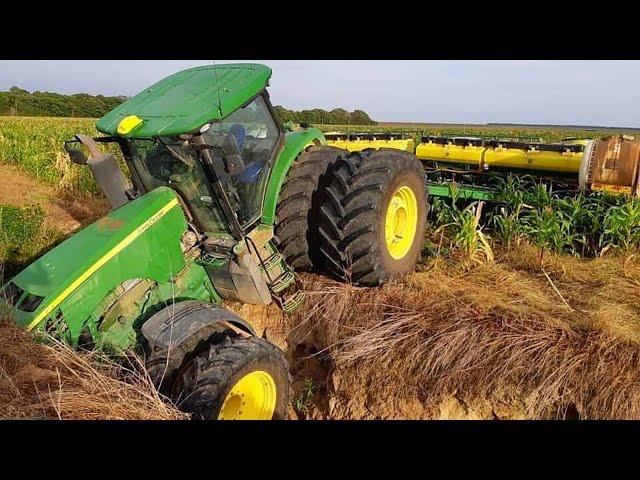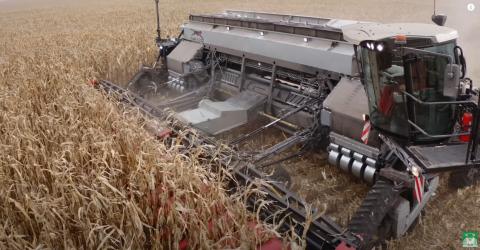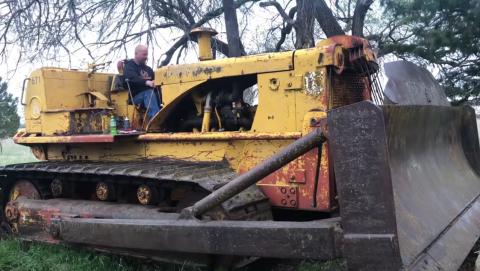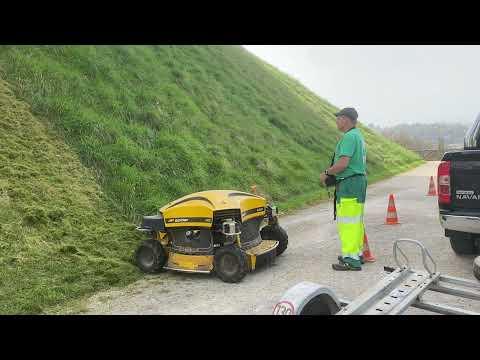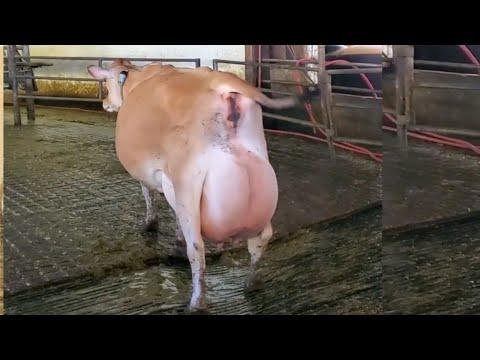As Repkon, we manufacture bullet casings thanks to our patented Free Flowforming technology. Our R&D team has succeeded in producing medium-range shells made of Ø25mm - Ø40mm brass or steel, and medium and long-range shells in Ø70mm - Ø 155mm ranges, using the Flowforming method. The accuracy, part geometry and surface quality of the bullet casings produced with Repkon Free Flowforming technology are excellent.
As is known, the production of conventional shell casings is a multi-stage and expensive process. In traditional production stages, many intermediate processes such as heat treatment, surface cleaning, phosphating and similar are required, which increases costs and process time. However, thanks to our patented Free Flowforming technology that we have developed, we are now able to eliminate all these difficult processes, produce shell casings in a single pass and provide critical advantages. The main advantages we have provided for the production of bullet casings are:
Creating a Net Shape or Near Net Shape
High accuracy, cylindrical and circularity tolerances in the finished product
Best concentricity values over the entire piece length
Eliminating internal turning operations
Minimum machining time for the outer pass of the part
Homogeneous and uniform grain structures
Much shorter mandrel construction
High production numbers and production parameters with less raw material usage, minimum energy consumption and minimized process stages
Improved material properties due to cold forming effect (very smooth and axial grain structures extending in the same direction)
Much lighter part production thanks to the high tensile strength of the material
Much less material use thanks to minimized machining processes and lightweight design
Best geometric tolerances after cold forming with minimization of machining process
Excellent internal surface roughness
Minimal permanent stress due to continuous and smooth forming process
Optimal material hardness variation along the part wall thickness
- Category
- Construction & Machinery




